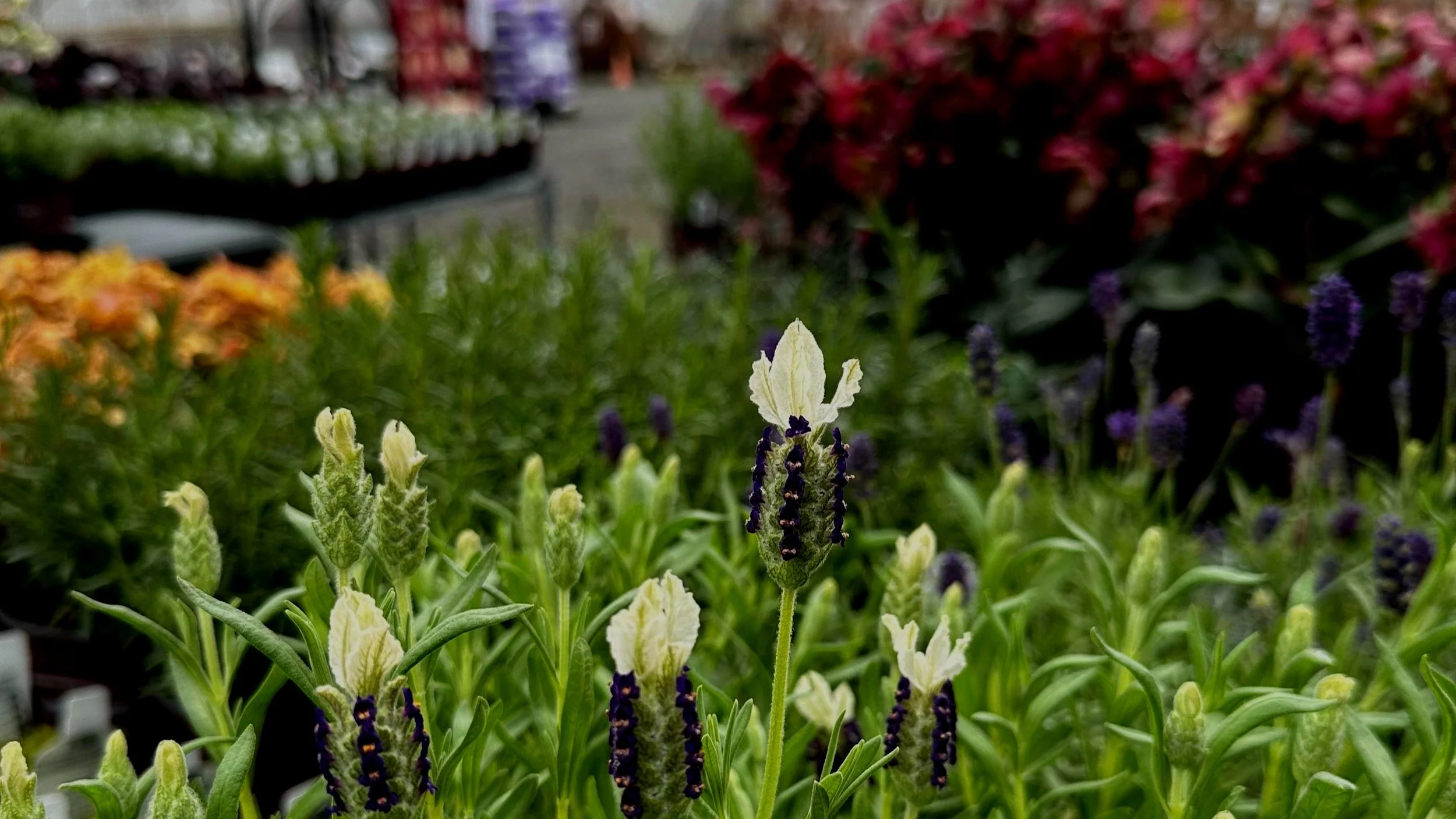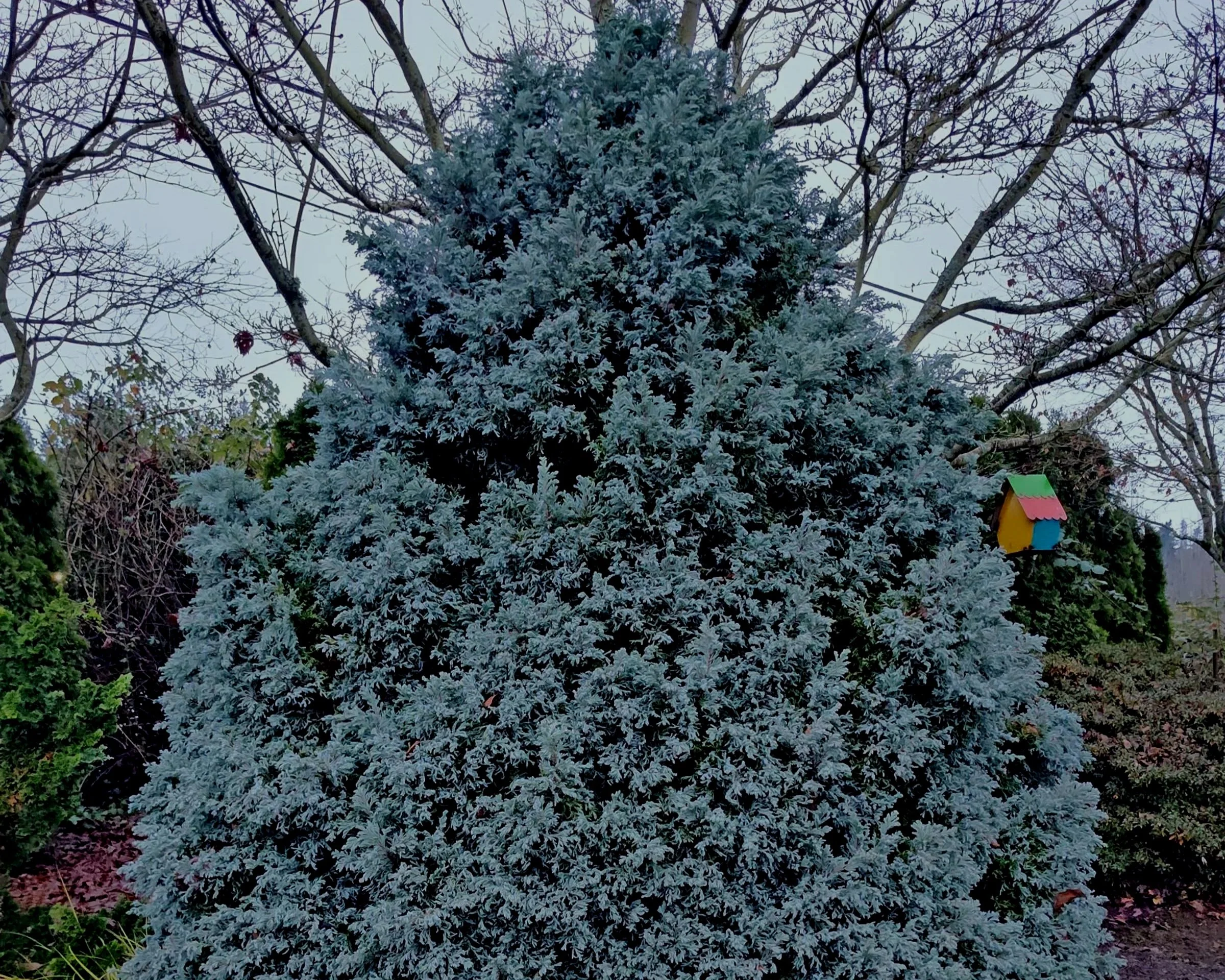I can almost see spring on the horizon as numerous treasures are about to bloom, brightening up all of our local landscapes in these grey days of late winter. We are blessed with so many fabulous early blooming perennials in our region, many of which are just commencing their season of glory. I am hoping an emphasis on some sunny rockery and border plants this week will get you in the mood for the impending great spring awakening that is almost upon us.
Like with all plants it seems these days, the varietal options of perennials continues to grow year after year. There is nothing wrong with old-school varieties, but keep in mind that many modern flavors offer additional traits that older versions may not. Perhaps it is a new color, a double flower, a variegated foliage option, an earlier bloomer, a later bloomer, or a flavor that even resists insects or diseases in some way. For our perennial discussion today, the emphasis is on longer lasting flowers. I am guessing that more flower power is attractive to all gardeners, and it is certainly attractive (as well as beneficial) to our local pollinating friends - a bonus.
Aubrieta (False Rockcress): These bright beacons of spring sport a tight, low-growing habit with evergreen foliage. Many flower color options can be found; from white to pink to blue to red to purple. Typically reaching just 4 to 6-inches tall and 10 to 12-inches wide, they are lovely in rockeries, along low borders, on container edges, or even tucked in gaps along stone pathways. The newer ‘Glacier Series’ blooms a little later than usual, extending color through spring, but traditional earlier bloomers like ‘Rokey’s Purple’ and ‘Antique Rose’ are equally stunning. If you like some variegation (creamy tipped foliage) and a nice flower (bluish-purple) seek out one called ‘Dr. Mules Variegated’.
Iberis (Candytuft): These old-fashioned garden gems are still popular, adding evergreen foliage, color and often fragrance to the spring garden. Easy and durable, Candytufts of all kinds are worthy of consideration. Most will stay under one-foot in height and spread a bit more than that with time. Check the bloom times on varieties as some are earlier and others are a bit later. Bright white is most common, but cultivars these days add soft pink or lavender touches in the flowers. Flavors like ‘Masterpiece’, ‘Purity’, ‘Snowdrift’ and many others are excellent. Critter resistance is a bonus as well.
Saxifrage x arendsii (Mossy Saxifrage): Saxifrages are an excellent garden staple for the PNW, giving us lovely evergreen foliage and long blooming seasons. There are numerous good ones, but I would suggest focusing on the newer ‘Touran Series’. More colors continue to come out, but currently you can find white, a few shades of pink, and a couple of red options. In sun they start blooming early and will continue through spring into early summer, if they are deadheaded. Growth is low and tidy, in the 4 to 6-inch tall and 10 to 12-inch wide range, and they resist critters. Try ‘London Pride’ in your shade garden, I have them edging a shady stone path in my own garden and love it, especially since my resident rabbits seem to leave them alone!
Erysimum (Wallflower): These are a bit larger growing (18 to 24-inches tall and wide) early perennials, and they do tend to go dormant over the winter in our area. But… they awaken early, then get growing and blooming quickly. Drainage is super important with these, as is absolute full sun. Flowers last a long time and specimens will re-bloom when deadheaded throughout the spring AND summer. Many are even slightly fragrant! I would suggest the newer ‘Erysistable Series’ (get it, erysistible erysimum), as these display multitudes of color tones on one single plant. As an example take ‘Erysistible Magenta’, on this specific variety you will see flower colors ranging from orange to coral red to magenta. These love heat, are pollinator magnets and boast superior drought tolerance once established.
Armeria (Thrift): These are some of my favorites for spring, with lovely little grassy mounds of evergreen foliage and cute little drumstick flowers popping out all over. These days flowers can be found in white, shades of pink, red or purple. Plants are all critter resistant and drought tolerant, and even help with erosion on sunny slopes. They stay tidy in hot sun, growing mounds of foliage less than a foot tall and wide. I would highly recommend looking at the newer ‘Dreamaria Series’, which provides outstanding options for larger blooms. With some deadheading these literally flower from frost to frost in both the ground and containers.
All of these garden beauties will begin blooming soon, providing pops of spring color in your garden if you let them. They are perfect candidates to be tucked into a sunny rockery or planted in well-drained locations along sunny garden borders. They will also do nicely mixed in a container for seasonal color.
When they are done blooming, be sure to lightly shear all of these back, below any spent flowers. This deadheading will encourage more flowers (i.e. a longer blooming season) and also keep your plants tidy and compact once they are done blooming, versus open and leggy. When planting, ensure they are sited in well-drained soil. A good organic rose and flower fertilizer is ideal to feed new and existing plants now, and then once more in later May/early June to keep them thriving. Watch your watering and check them a bit the first summer or two, but once established, all of these plants are fairly drought tolerant and will need much less irrigation.
I am hoping that you will swing into your local garden center soon and speak with a Certified Professional Horticulturist about these suggestions and any other spring treasures you may be searching for. Springtime at the garden center is filled with exciting fresh plants arriving week after week, and all of these early spring bloomers should be in stock and blooming soon. In addition, I can almost guarantee that you will see even more plants to salivate over than what we covered here. If you are a plant addict like me, some extra plants may just happen to find their way onto your shopping cart somehow. One can never have enough plants right? You are welcome to share my excuse; “Sorry honey, but I had to help keep the bees happy and there is always room for just one more…”
Remember leaves up, roots down!




